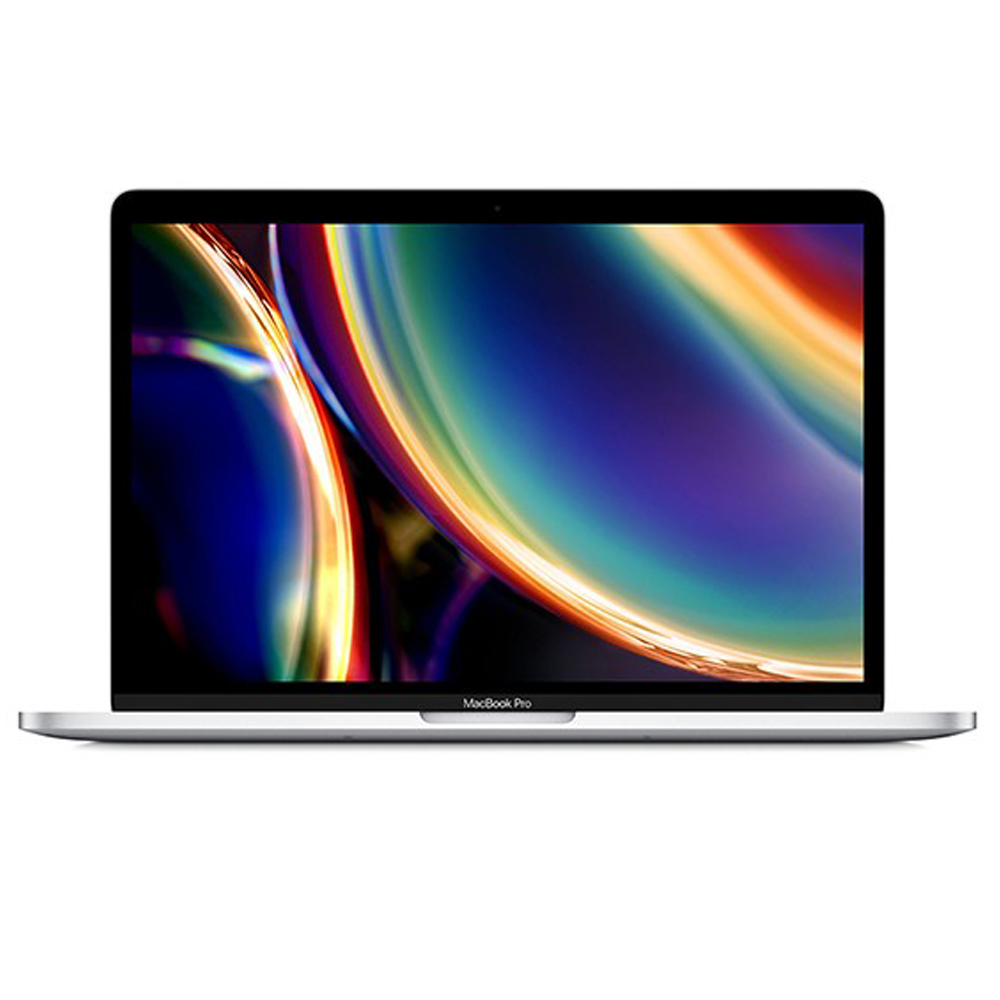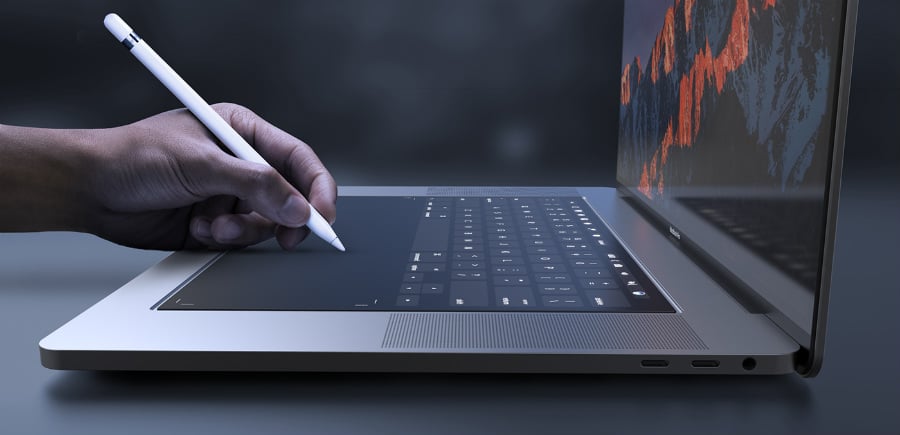
APPLE MAC PRO 4 CORE MAC
^ Late 2020 Mac mini: Apple Silicon M1, Thunderbolt., archived from the original on, retrieved.^ a b c Frumusanu, Andrei (November 17, 2020), The 2020 Mac Mini Unleashed: Putting Apple Silicon M1 To The Test, archived from the original on, retrieved.It was discovered by Héctor Martín Cantero. Two sandboxed applications can exchange data without the system's knowledge by using an unintentionally writable processor register as a covert channel, violating the security model and constituting a minor vulnerability. The M1 chip has errata given the name "M1RACLES".
APPLE MAC PRO 4 CORE PRO
macOS Big Sur 11.2.2 includes a fix to prevent 2019 or later MacBook Pro models and 2020 or later MacBook Air models from being damaged by certain third-party USB-C hubs and docks. Apple handled this issue by replacing the logic board and by telling its customers not to charge through those hubs. The devices that are reported to cause this issue were third party USB-C hubs and non-Thunderbolt docks (excluding Apple's own dongle). Issues USB power delivery bricking Īfter its release, some users who charged M1 devices through USB-C hubs reported bricking their device. iMac (24-inch, M1, 2021) - base model has 7-core GPU.MacBook Air (M1, 2020) - base model has 7-core GPU.Īt release, the MacBook Air (M1, 2020) and MacBook Pro (M1, 2020) were considered to be the fastest MacBooks produced by Apple, while also causing the resale value of Intel MacBooks to drop sharply. The energy efficiency of the M1 doubles the battery life of M1-based MacBooks from the previous Intel-based MacBooks. The 2020 M1-equipped Mac mini draws 7 watts when idle and 39 watts at maximum load, compared with 20 watts idle and 122 watts maximum load for the 2018, 6-core Intel i7 Mac mini. The M1 recorded competitive performance and efficiency in popular benchmarks ( Geekbench 5, Cinebench R23). Supported codecs include H264 and H265 (8/10bit, up to 4:4:4), VP9, and JPEG. Other components include an image signal processor (ISP), an NVMe storage controller, Thunderbolt 4 controllers, and a Secure Enclave. The M1 contains dedicated neural network hardware in a 16-core Neural Engine, capable of executing 11 trillion operations per second. 8 GB and 16 GB configurations are available. The SoC and RAM chips are mounted together in a system-in-a-package design. The M1 uses 4,266 MT/s LPDDR4X SDRAM in a unified memory configuration shared by all the components of the processor. In total, the M1 GPU contains up to 128 Execution units or 1024 ALUs, which Apple says can execute up to 24,576 threads simultaneously and which have a maximum floating point (FP32) performance of 2.6 TFLOPs. Each GPU core is split into 16 Execution Units, which each contain eight Arithmetic Logic Units (ALUs). The M1 integrates an Apple designed eight-core (seven in some base models) graphics processing unit (GPU).

The SoC also has a 16MB System Level Cache shared by the GPU. The high-performance cores have an unusually large 192 KB of L1 instruction cache and 128 KB of L1 data cache and share a 12 MB L2 cache the energy-efficient cores have a 128 KB L1 instruction cache, 64 KB L1 data cache, and a shared 4 MB L2 cache. Apple claims the energy-efficient cores use one-tenth the power of the high-performance ones. This combination allows power-use optimizations not possible with previous Apple–Intel architecture devices.

The M1 has four high-performance "Firestorm" and four energy-efficient "Icestorm" cores, providing a hybrid configuration similar to ARM DynamIQ and Intel's Lakefield and Alder Lake processors.

The initial versions contain an architectural defect permitting sandboxed applications to exchange data, violating the security model. The memory architecture makes the RAM not user-upgradeable it is sold with 8 GB or 16 GB, which is shared among all compute units. Initial support for the M1 SoC in the Linux kernel was released on June 27, 2021, with version 5.13. The M1 runs Apple's own macOS and iPadOS operating systems. These differ largely in size and the number of functional units: for example, the original M1 has about 16 billion transistors the largest M1 Max, 57 billion. The M1 was released in November 2020, followed the next year by the Apple M1 Pro and M1 Max versions. Apple claims the chip has the world's fastest CPU core "in low power silicon" and the world's best CPU performance per watt. It also marks the third change to the instruction set used by Macintosh computers, 14 years after Apple switched Macs from PowerPC to Intel in 2006. as a central processing unit (CPU) and graphics processing unit (GPU) for its Macintosh computers and iPad Pro tablets. The Apple M1 is an ARM-based system on a chip (SoC) designed by Apple Inc.


 0 kommentar(er)
0 kommentar(er)
